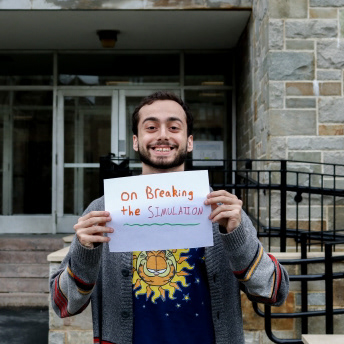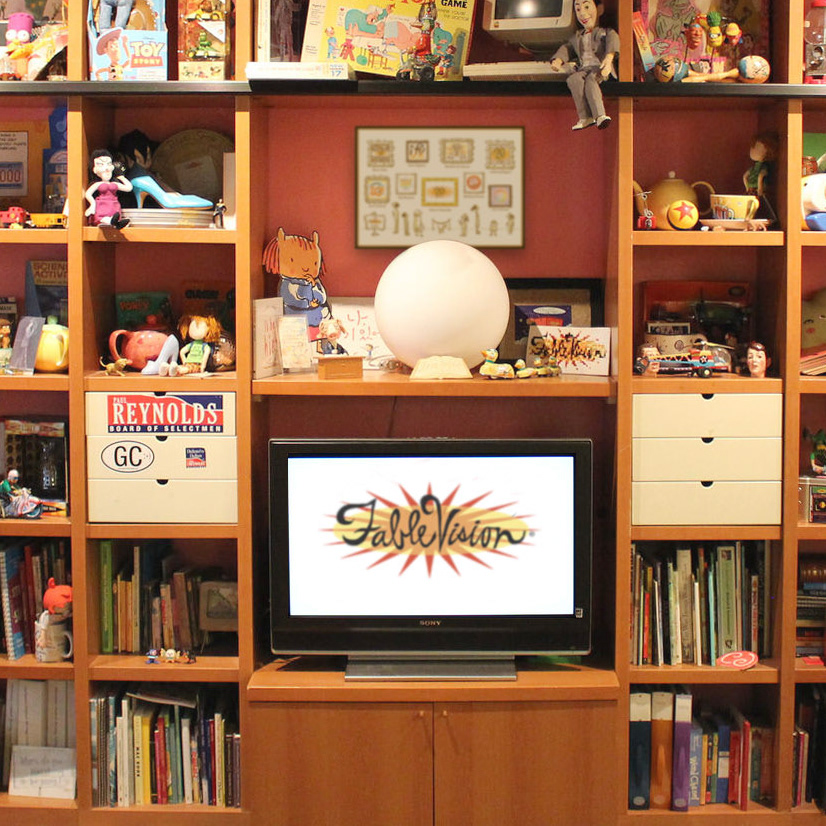Although Lower Campus exists today as the be-all, end-all of social life and high culture at Boston College, things didn’t always used to be this way. Almost 70 years ago, the patch of land immediately east of Main Campus wasn’t land at all, but rather the Lawrence Basin reservoir. This sprawling body of water, originally owned by Massachusetts merchant and philanthropist Amos Lawrence, was acquired by the City of Boston in the mid-19th century.¹ The city eventually sold the reservoir to Boston College for $16,000 in 1948, despite the property having an appraised value of $750,000.
The reservoir was then filled in the following year, and the first buildings on Lower Campus began sprouting up in the late 1950s.²
The reservoir was then filled in the following year, and the first buildings on Lower Campus began sprouting up in the late 1950s.²
Now that the boring history lesson is out of the way, let’s get down to business, chumps: Lower Campus was a mistake. Yeah, that’s right. I said it. Seeing as you’re probably all reeling from this shocking revelation, allow me to break things down into terms your baboon minds can comprehend: Alumni Stadium? No thanks. The Steak and Cheese line in Lower? Nuh uh. The Mods? Literal excrement-stained garbage. I know this is a lot to process all at once, but I’ve only just begun.
Over the years, Lower Campus has been home to a great deal of disappointing football and basketball games, public vomiting incidents, and documented hate crimes. Obviously, all of these enduring campus problems would cease to exist if Lower Campus’ approximate 65 acres were instead .08 square nautical miles of sweet, tangy reservoir juice. Water polo and dragon boat racing would become BC’s two main sports, vomit would quickly dissipate in such a large body of water, and most bigoted students would drown, probably. Problem(s) solved!
Also on Lower Campus are a considerable number of high-rise dormitories, which house a large percentage of the student population. But what if—and hear me out—none of these dorms were ever constructed (because of that whole reservoir thing I was talking about earlier)? Without a firm foundation to build on, the university would be forced to come up with creative solutions in order to continue providing all most some of its students with on-campus housing.
Perhaps residential communities would take the form of large, daisy chained life rafts, with each raft’s RA being appointed captain of their own shanty crew of student quartermasters, gunners, boatswains, surgeons, lookouts, and cooks.³ Talk about “Res” Life! An alternative to the underwhelming “Sustainable Living” program currently offered in the woefully landlocked Vanderslice Hall, this hypothetical, semi-aquatic living community would challenge students, foster new friendships, and only marginally increase the national rate of scurvy.
Listen: I’m not saying I want to bulldoze, excavate, and then flood the entirety of Lower Campus in order to return the glorified dirt patch to its underwater heyday (the local zoning board has already rejected my numerous proposals to “Un-drain the Swamp”). I’ve accepted that history has run its course, the good guys have lost, and the consequences are permanent. But if we all remember Lower Campus for the beautiful reservoir it once was — and not the monument to mediocrity it is today —maybe, just maybe, a bunch of figurative reservoirs can well up deep within our hearts and souls. And wouldn’t that be just dandy? I rest my case.
FOOTNOTES
¹ Ryan, Sean. “Sink or Swim: How the Sinking of Lower Campus in 1867 saved the Future of Boston College.” John J. Burns Library’s Blog. December 14, 2015.
² “Campus Guide: Lower Campus.” Office of the University Historian. July l1, 2011.
³ Ossian, Rob. “Pirate Roles & Duties On Board a Ship.” ThePirateKing.com. October 9, 1997.
² “Campus Guide: Lower Campus.” Office of the University Historian. July l1, 2011.
³ Ossian, Rob. “Pirate Roles & Duties On Board a Ship.” ThePirateKing.com. October 9, 1997.




